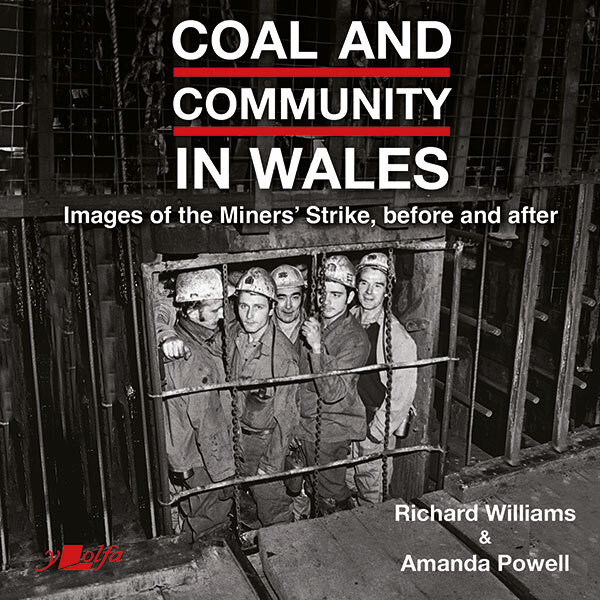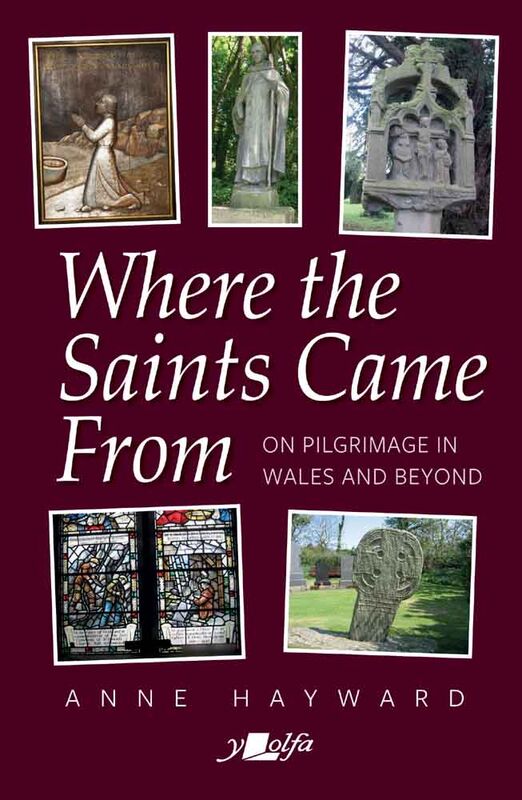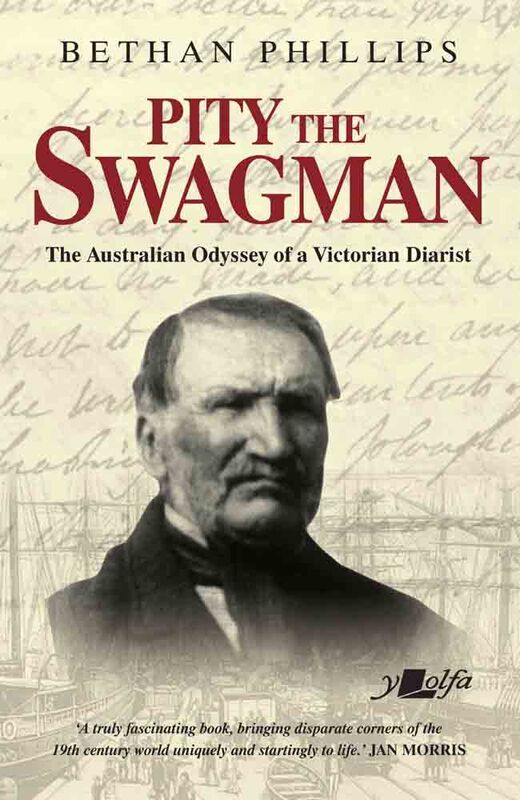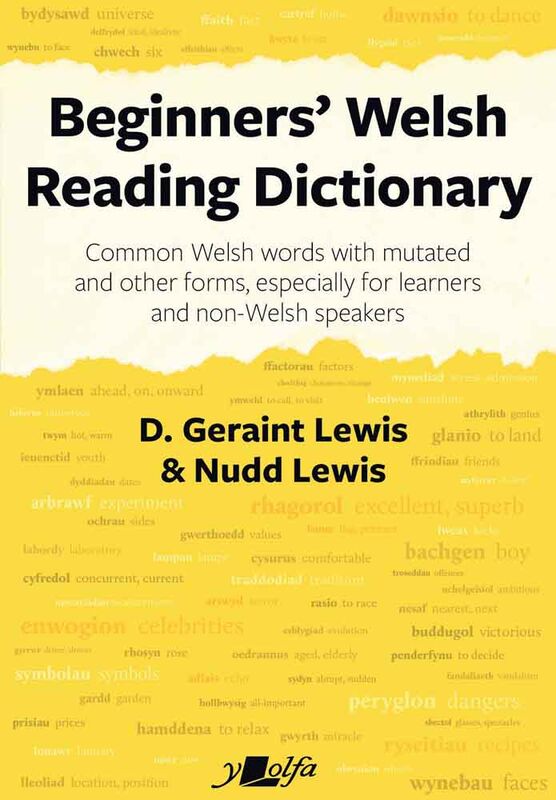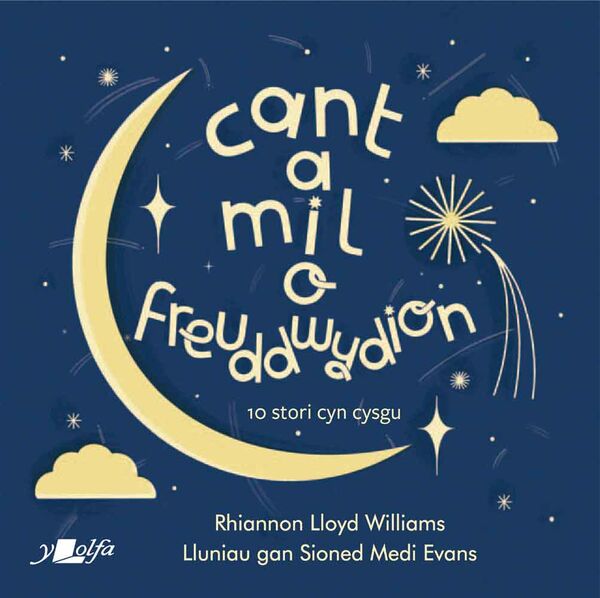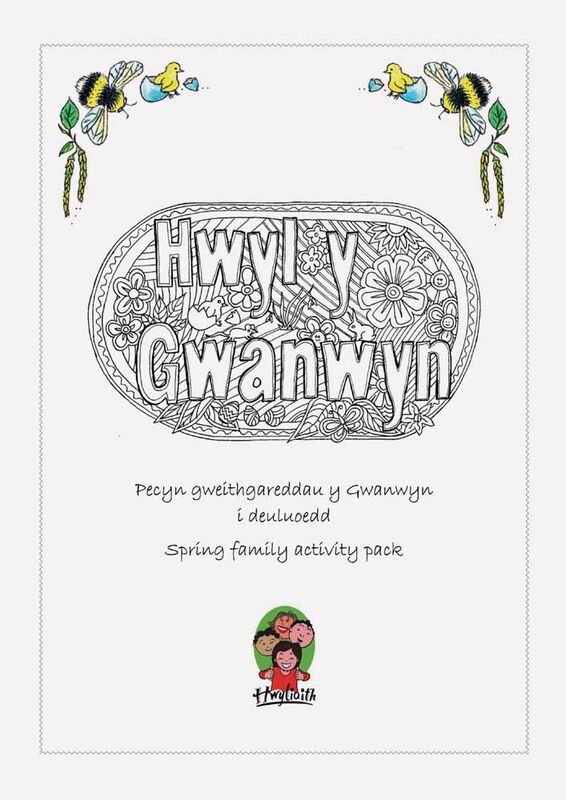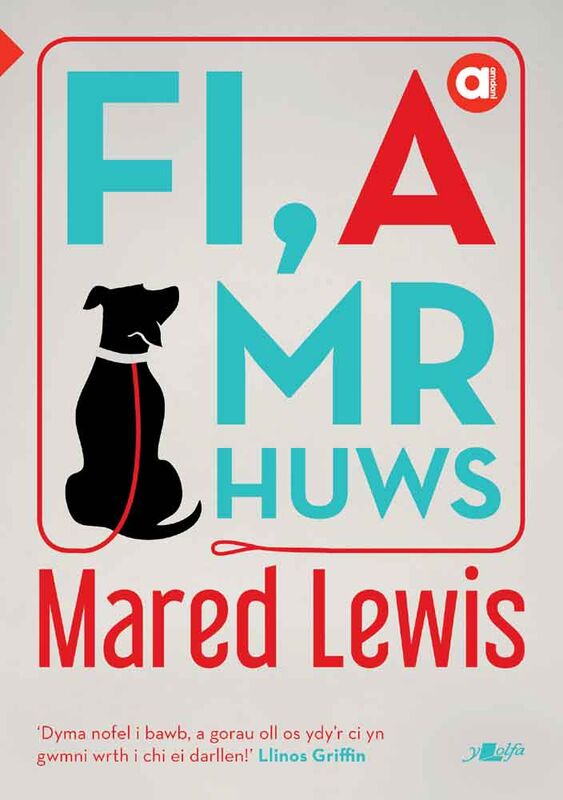New book promotes a better life for future generations through liberation economics
With the world in such a state of flux, with decision-making often in the hands of those who are only in it for themselves, a new book published this week seeks to reset how we live our lives. Liberation Economics: Spirituality in Supply and Demand is written by Guy Wildwood and looks at how we can try to 'live more skilfully' in the future so that there is something of this planet, as well as a culture of respect for human well-being, left for our descendants.
Author Guy Wildwood says:
“Liberation Economics asks the hard questions; in fact it goes out looking for them. Its style is free-range and free-wheeling. I hope that the book will offer a way for people to perhaps obtain a clearer view of the reasons for their discontent with the status quo and consider other ways forward.”
Written for a general audience, the book considers how economic activity may be rendered more proportionate, sustainable, and fairer by more openly involving the spiritual (in the broad sense of the term) dimension. The book covers topics such as how we earn and spend, the value we put on material things, and how that, ultimately, traps us in a prison of our own making.
“I wrote the book in the spirit of Socrates’ ‘The unexamined
life is not worth living’. It seeks to help us avoid, in economic affairs,
unnecessary pain, both individually and as a society, by calling on our
greatest resource, that of living spirituality,” says Guy Wildwood.

